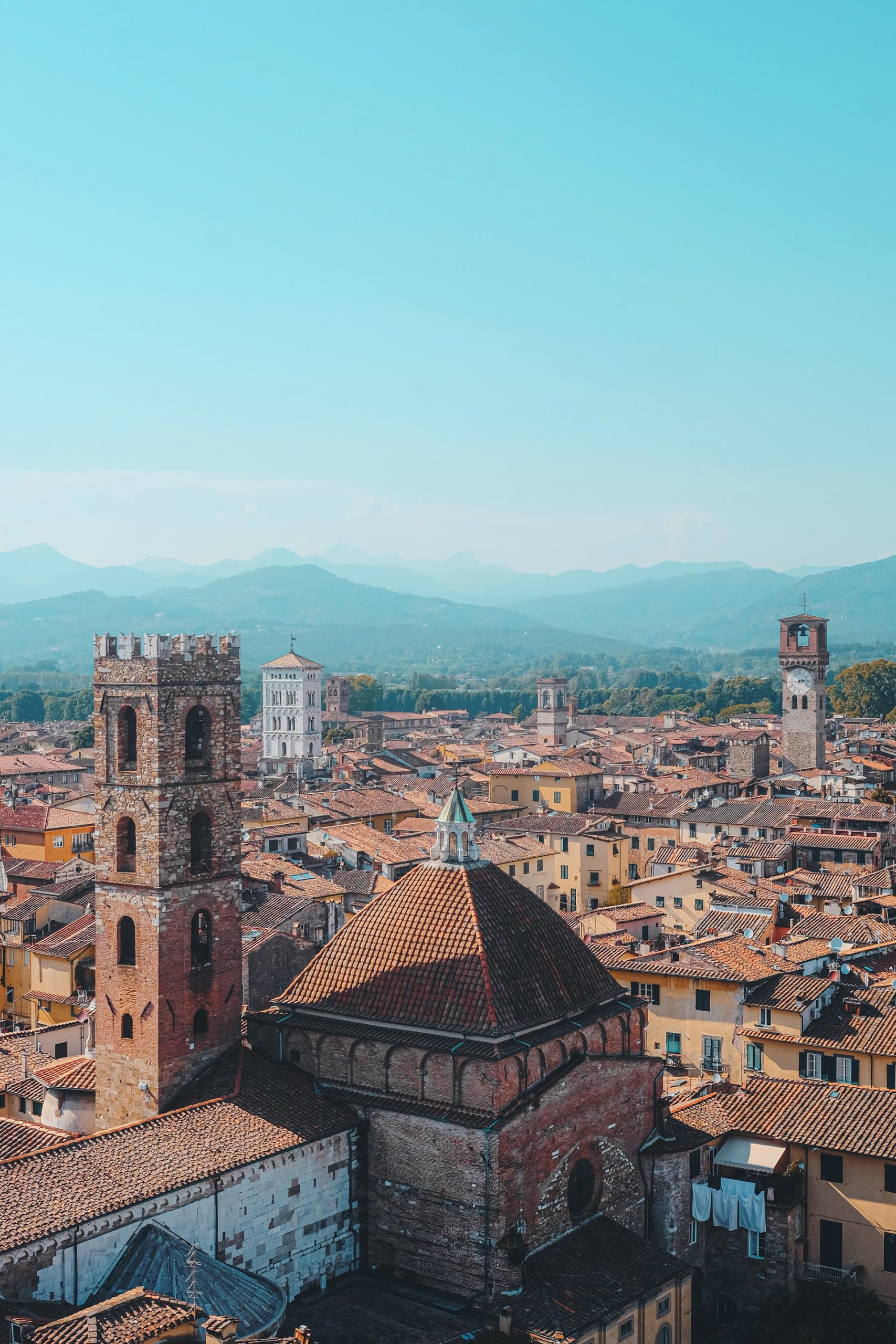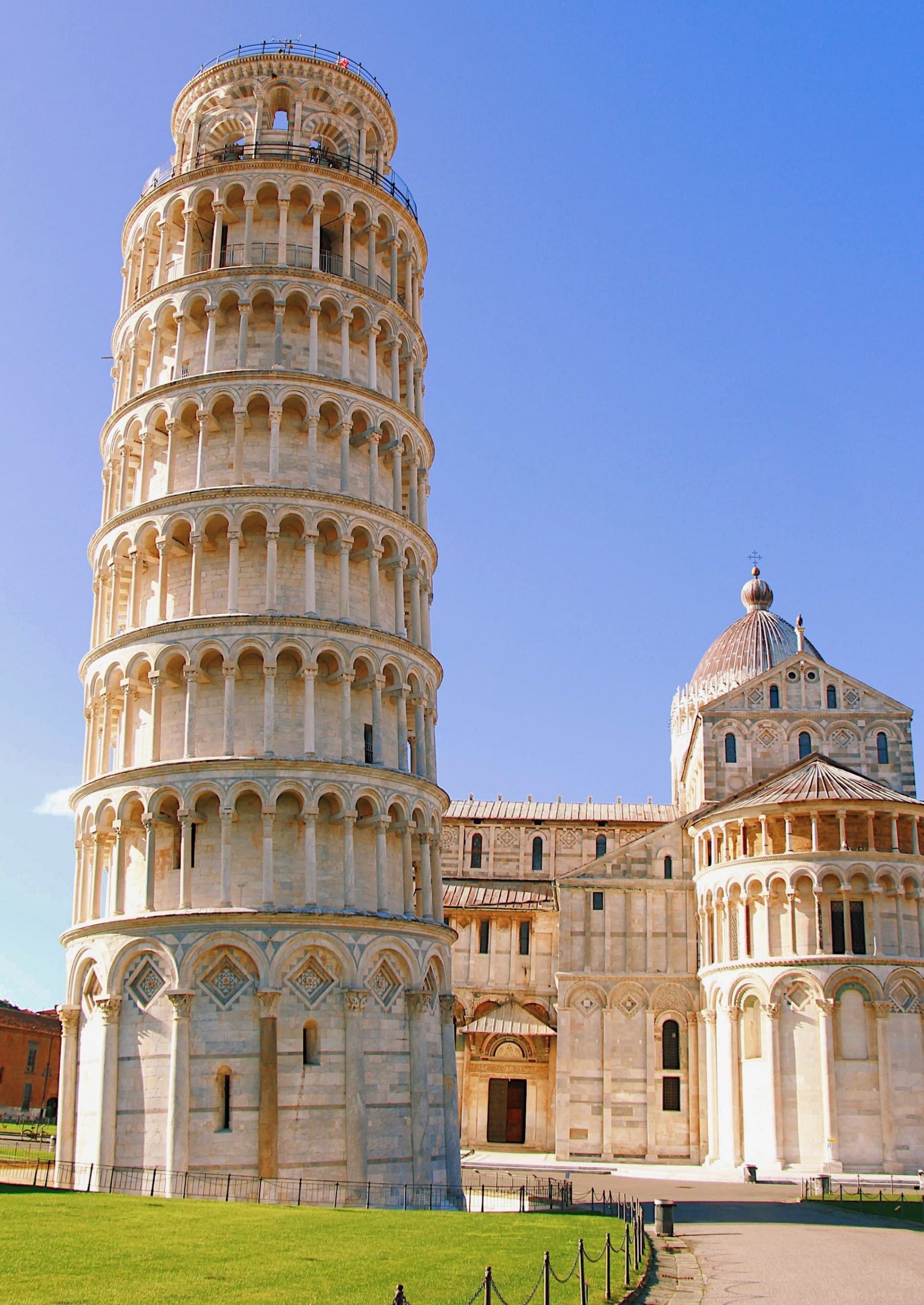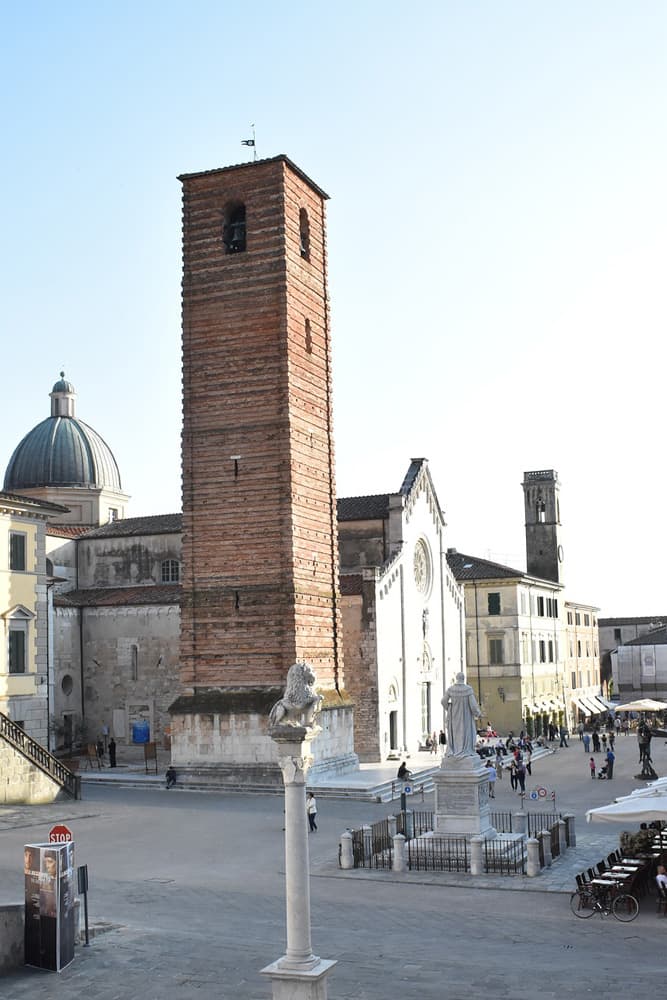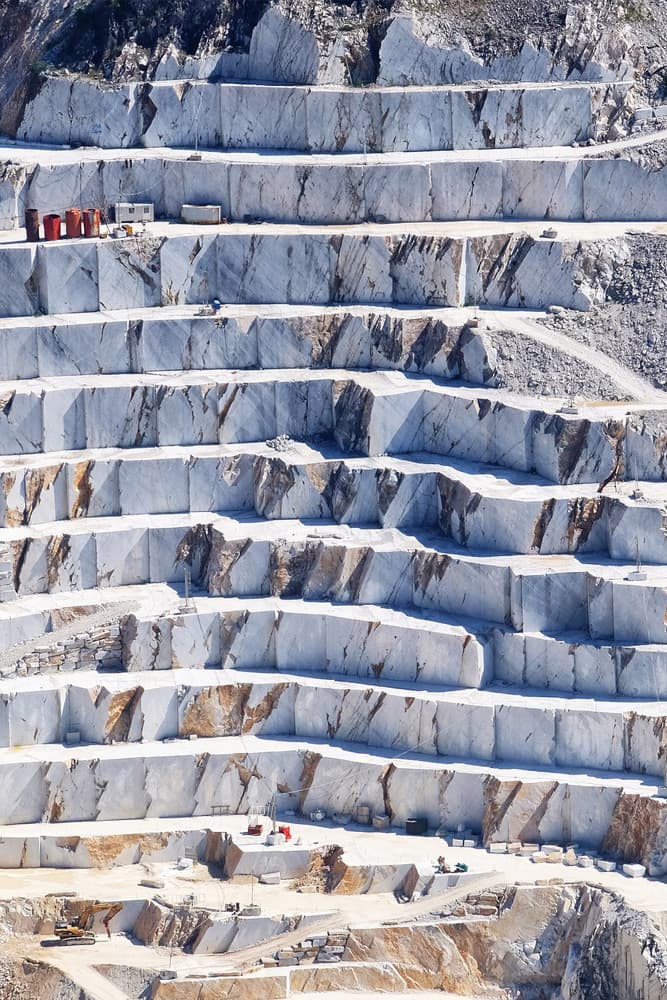Foot, sea and bicycle activities in Tuscany
Natural landscape
Lake
The lake of Massaciuccoli and the lacustrine lands surrounding it, are part of the Migliarino-San Rossore-Massaciuccoli National Park. Walking along the stilt-raised walkways, built right on the surface of the water and which lead to small huts that perfectly blend into the environment. Here, visitors can listen to the sounds of the lake and watch the birds.There is also the possibility to visit the lake by boat or kayak.
At the Oasis, nature can be truly experienced thanks to the Museum of Marsh Ecology.
Mountain
A few kilometres behind the Versilia Coast rise the Apuan Alps touching 2000m high with the Monte Pisanino (1947m). Known for the beauty of their stunning spires, for the white marble, for the sheer cliffs and for the caves. It is possible to visit some of the numerous caves (more than 1300) if guided by a professional tour guide.
Beach
A golden sand beach, natural dunes, lush pine forests, a crystal-clear sea. Torre del Lago offers a wide stretch of free beach but if you want to stay in comfort there is the possibility to hire umbrella and sunbed. A stone’s throw from the camping there is the famous beach of Lecciona: entirely free.
Sport
The largest sports area of Versilia is its sea: in the clear and blue waters it is possible to swim, sailing, surfing, windsurfing, fishing and on the beach you can organize volleyball matches. Moreover you can go kayaking on the lake. There are numerous possibilities for horse riding inland or on the beach.The most widely practiced sport is cycling: Versilia offers tracks with different levels of difficulty, from the flat paths along the coast to the Apuan Alps with their steep climbs up to 2045 metres sea level. The Apuan Alps are a unique and unforgettable place to go climbing, also through climbing routes.
Art and culture
To visit

Lucca
a monumental city bursting with unique treasures, ringed by gigantic walls
Nicknamed the town of a hundred churches on account of its incredible number of places of worship. Historical circumstances demanded that Lucca fortify itself, and so its immense artistic and architectural heritage is ringed by a massive circuit of defensive walls.
What to see in Lucca: the magnificent and intact circuit of walls, built in the sixteenth and seventeenth centuries (they run for more than 4 kilometres); the Roman amphitheatre – converted into piazza dell’Anfiteatro by architect Lorenzo Nottolini; the Duomo of San Martino, which is the cathedral; the basilica of San Frediano; the Piazza and sumptuous church of San Michele; on top of the Guinigi tower you will find a little garden, full of trees; the long, narrow Via Fillungo, the city’s shopping street; the rooms of the Palazzo Ducale in Piazza Napoleone.
Events: in October the streets play host to Lucca Comics & Games, the most important comics, animé and roleplay game festival in Italy. It makes for a colourful, secular carnival, thronging with cosplayers from all over the world. Lucca has become a shrine for music lovers in recent years, thanks to the Lucca Summer Festival, which gets some of the most famous international artists in the world.
Typical Produce The Lucchese cuisine is one of Tuscany’s tastiest. The stuffed pasta called tordelli is an absolute must-try, as are befanini biscuits, torta co’ becchi and the traditional sweet bread “buccellato”. The saying goes: “Chi viene a Lucca e non mangia il buccellato è come non ci fosse mai stato” (anyone who comes to Lucca and doesn’t eat “buccellato” might as well not have been there). The Tuscan cigar is another of Lucca’s prides and glories.

Pisa
the city of the leaning tower, a UNESCO heritage site
Pisa and its uniquely beautiful Piazza dei Miracoli, a UNESCO World Heritage site since 1987, have always been a fundamental stop on any holiday in Tuscany. Millions of people come here from every corner of the world every year to try, with the help of perspective, to keep the leaning tower standing.
Pisa reached its peak at the time of the Maritime Republics, a period that created the center of the city as an artistic treasure trove with outstanding Romanesque and Gothic churches.
What to see in Pisa: Piazza delle Vettovaglie populated by students who crowd the night clubs keeping the medieval city alive; Santa Maria della Spina, the headquarters of the Scuola Normale in Piazza dei Cavalieri; the exhibitions of Palazzo Blu; Piazza dei Miracoli with the famous Tower, the Baptistery, the Camposanto Monumentale, the Cathedral of Santa Maria Assunta; the walkway of the Walls; the Historical Ships Museum in Pisa (set up inside the Arsenali Medicei).
Events in Pisa: June is a month full of historical events, such as the famous Luminara, the Palio di San Ranieri, the Gioco del Ponte and the charming Regatta of the Ancient Maritime Republics, a centuries-old tradition of the Pisan Republic that has been revived since 1956. It’s a boat competition between the historic republics that is held on the Arno every four years.
Typical dishes and products: Pisan cuisine is characterized by simple dishes prepared with the best local ingredients, such as olive oil of the Pisan Mountains. In Pisa, you can taste excellent dishes based on fish or meat, including Pisan steak, a local bovine breed, all accompanied by the best Chianti or Bianco Pisano di San Torpè.

Pietrasanta
the city of marble nestled between the Apuan Alps and the sea, the hub of international sculpture.
The fascinating medieval city of Pietrasanta is considered the historic capital of Versilia and the capital of marble processing. Attracting artists from all over the world, in recent decades the city has turned into a veritable open-air museum where you can admire among the many galleries and squares of the town, a constant and continuously renewed display of top tier contemporary artworks and sculpture. The city has earned the nickname of Little Athens thanks to the concentration of artists who have decided to settle here. Among the best known in decades are Igor Mitoraj and Fernando Botero. The artistic vocation that is expertly cultivated here, has ancient roots and is closely connected to the processing of marble, which boasts a centuries-old tradition here. Reminders of this lie in the imposing and nearby peaks of the Apuan Alps.
What to see in Pietrasanta the remarkable Cathedral of San Martino that overlooks the beautiful Piazza Duomo; the Municipal Theater; the Church of Sant’Agostino which today houses the Museum of Pierluigi Gherardi models (inside, we find a collection of 700 plaster models of sculptures by Italian and international artists); the church of San Francesco with an adjoining convent. Our tip: have a stroll through the elegant historic center, you are pleasantly surrounded by art galleries, boutiques, wine bars and enticing restaurants.
Events
A particularly good time to visit Pietrasanta is in the summer when exhibitions fill the city, as well as entertainment and performances in the Villa Versiliana Park in Marina di Pietrasanta. In November, the patron is celebrated with the San Martino fair and a food market-exhibition takes place in the splendid setting of the historic center with exhibitors and producers from all over Italy.
Typical products
A typical homemade Versilian pasta is Tordelli, served with a meat sauce. This specialty is eaten on family holidays and at village festivals throughout Versilia.

Carrara
the city of the white gold, suspended between the sea and the Apuan Alps
Carrara, located in the Apuan Riviera in Northern Tuscany, has always been known as the marble city. The city merges into the Alps in a succession of diverse and fascinating landscapes, dominated by white mountain tips and marble extracted from quarries, which has been at the foundations of the town’s history and fortune. This historic town’s identity has always been linked to the exploitation of the clear stone from its quarries since the Roman Empier. Ever since, Carrara’s name instantly brings to mind quarries and marble – the white gold so famous it recalls artists of all ages and places.
What to see in Carrara
The oldest core of the city is the Collegiate Church of Sant’Andrea, which later became the splendid Cathedral; Piazza Duomo, the beating heart of the city; Malaspina Castle; Sanctuary of the Madonna delle Grazie; the Carmine Church; the Civic Marble Museum; for contemporary art enthusiasts, a visit to the Centre of Plastic Arts in Carrara; CARMI – the Carrara and Michelangelo Museum.
Events
The Historical Re-enactment of the Lizzatura takes place in August, set in the spectacular marble quarries. The Lizzatura was historical method that quarrymen used to transport marble blocks, sliding them over soapy wood and then carrying them into the valley in ox carts.
Typical products
The Lardo di Colonnata IGP an authentic delicacy obtained from the fatty part of the pig’s back, processed with aromatic herbs and then left to mature in special marble basins in the pictoresque village of Colonnata, at about 8 km from Carrara.
